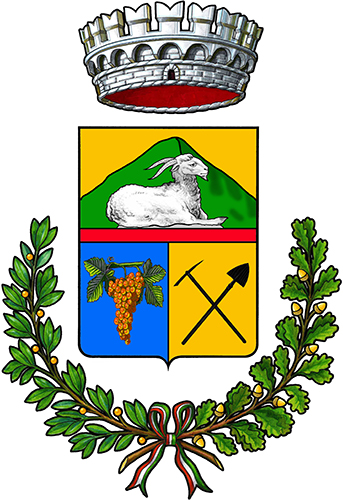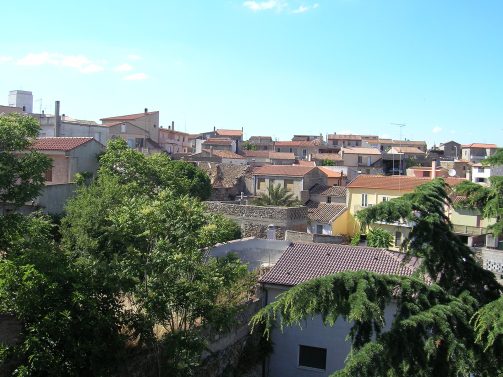Villasalto is an Italian municipality of 904 inhabitants in the province of South Sardinia, located in the historical-geographical region of Gerrèi, at an altitude of about 500 meters above sea level.
Villasalto’s territory faces northeast on the Flumendosa, a key river because it makes the area fertile and suitable for agriculture.
The place name “Villasalto” comes from“villa” (village) and the medieval Sardinian“saltu,” derived in turn from the Latin“saltus,” meaning “uncultivated countryside,” “forest.”
There are a number of caves in the area, such as “Sa Grutta Manna” or “Sa Grutta ‘e Scusi” where the Sardinian geotriton, a special species of amphibian, now endangered, lives.
The area was already frequented in the Nuragic age. Giving evidence of this are several nuraghi. It later came under Punic rule, that is, under Carthaginian command, and then passed to the Romans from the second to the fifth century AD.
The town has long been under Gallilense rule (an ancient Sardinian nuragic population settled in the Esterzili area), whose people protected the territory from numerous invasion attempts, including the Romans who had settled settlers to exploit the territory.
The area was a destination for Vandal and Byzantine raids. Following these events, the first real settlement was formed in a protected area rich in water to find refuge from bandits from Barbagia.
In the Middle Ages the area came under the control of the giudicato of Cagliari until 1258, and then was ruled by the giudicato of Arborea and finally by Pisa
With the Aragonese conquest of Sardinia, the area became a domain of the Kingdom of Sardinia, and in 1681 the town was incorporated into the county of Villasalto, a fief of the Zatrillas family, and twenty years later it was annexed to the marquisate of Villaclara, a fief first of the Zatrillas themselves and then of the Vivaldi Pasqua family.
In 1708 the area passed briefly into the hands of the Austrians and then came into the hands of the Duke of Savoy in 1718.
The village was redeemed from the Pasqua Vivaldi, the last feudal lords, in 1839, with the abolition of the feudal system.
In modern times, particularly during World War II, the town experienced a large increase in population due to the presence of the Su Suergiu mine, an object of interest since the mid-19th century, from which antimony was extracted and processed.
With the end of the war, the mine’s activities also waned until it closed in the 1980s, leading to a gradual and inexorable depopulation of the village.
The village’s economy is still mainly based on pastoralism and agriculture.
Source: https://it.wikipedia.org/wiki/Villasalto; https://www.sardegnanatura.com/esplora-la-sardegna/comuni-sardegna/165-provincia-sud-sardegna/509-villasalto.html



